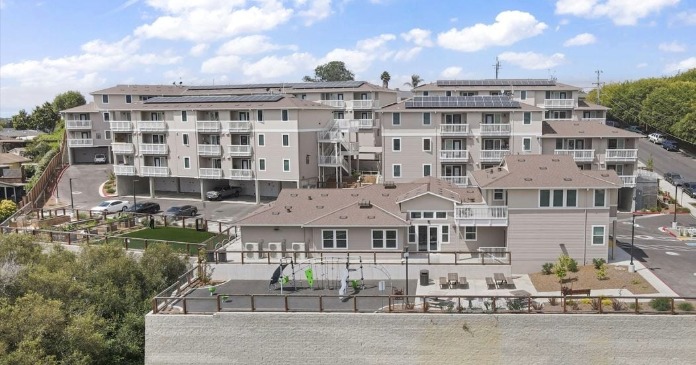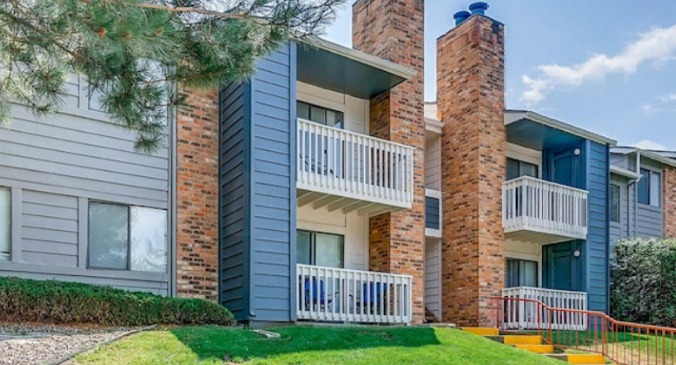Vacancies remained flat at eight percent in Q4, the highest level since 1980 and in any fourth quarter since 2003, according to independent real estate research firm REIS. And while industry watchers were encouraged by an uptick in rents in 60 markets nationally toward the end of Q1, typically a slow leasing season, they predict several weak quarters ahead before economic fundamentals stabilize in 2011.
Throughout the downturn, apartment owners, worried about their properties’ performance, have sacrificed effective rental rates to increase occupancy and position themselves to raise rents when jobs eventually return to the market—a proven strategy in previous down cycles.
But they also have loosened renter applicant credit standards and lowered, or sometimes waived, security deposits to hold the line on occupancy as the Great Recession churns on. Those desperate measures, risk management experts warn, expose owners to bad debt that could negatively affect NOI.
“The big picture of this credit cycle is that many owners are focusing on short-term physical occupancy instead of economic occupancy, which is the long-term view of the cycle, meaning qualified long-term, portfolio-building stabilizing residents. Instead, they are looking for warm bodies to fill units. What they don’t realize is that those warm bodies could cost them more than a vacant unit,” said Jorge Baldor, president of ResidentCheck and Resident-Collect, a national renter screening and collections service.
He contends that in addition to the average $1,800 to $2,400 cost to evict a resident, which can include two or three months of wear and tear on the unit without rental income during the process, is a hidden cost most people don’t realize – the toll eviction takes on the community.
“There is a lot of emotional drainage involved with evicting someone from their home that can lead to higher employee turnover. Then there is the high drama and confrontations that go with trying to collect money that can cause good qualified renters to move to another community where their neighbors aren’t being evicted all the time. They don’t tell you why they aren’t renewing with you, they just go down the street,” he said.
Striking a balance
Baldor believes the key to boosting occupancy, while avoiding exposure to bad debt, is to implement a three-pronged risk management program that includes a thorough resident screening with a multifamily-specific credit risk scoring model that doesn’t depend on FICO, which often approves applicants with other housing debts, requiring a risk-adjusted security deposit or non-refundable alternative, and a systematic collections program with accountability.
Providing resident screening on the front end and collections on the back end allows ResidentCheck to continually monitor property performance and help clients strike the right balance between the market demand for occupancy and bad-debt risk tolerance by comparing collection results with initial approval scores, he said.
“Often the mindset today is that initial screening is totally separate from collections, so what happens is like a see-saw—today you are worried about occupancy, so you lower your approval standards and that’s going to result in bad debt six months down the line, so you say, ‘Let’s tighten our credit standards.’ Then you are going to have lower occupancy, so in another six months you go back and do the same thing,” said Baldor, whose company began with collections in 1994 and moved into the applicant screening arena shortly thereafter.
Jay Harris, VP of business at Core Logic SafeRent, formerly First Advantage SafeRent, agrees that standard FICO-based scoring models don’t accurately predict rental outcomes. “FICO is used to look at credit history and you can use credit history to predict a lot of things, like the likelihood you would repay an auto loan or make an auto insurance claim or your ability to make a credit card obligation. But we found that a standard credit score isn’t the best predictor of a tenant’s likelihood to meet their lease obligation,” he said.
SafeRent, a provider of resident screening services, property performance tools, renters insurance and automated lease and document generation, employs a statistical scoring model that specifically measures lease default risk.
“Instead of using a rule-of-thumb, or what we call the ROT model, that looks at one factor as something that would cause a decline for the applicant, we look at all of the factors in the applicant’s background and score them. This score enables a property to rank order the applicants by risk level so a property can accept the lowest-risk applicants while meeting occupancy and rent goals. That rank ordering, based on the ability to meet the lease, helps ensure that you have the maximum number of people in the property that can meet the lease terms and afford rents as they go up,” said Harris
As new data becomes available, SafeRent analyzes the data’s ability to predict lease outcomes. A new, highly predictive set of consumer subprime and alternative credit records from payday lenders, rent-to-own stores, subprime auto loans and other non-traditional finance companies was recently added to the more than 37 million landlord tenant records the company has collected.
“We start with the credit bureau report, then add the additional multifamily data and get a proprietary score that is a strong predictor of rental default. It might sound complicated in terms of the analytics, but the ease of use is still there for the customer. It comes out as a score with a recommended decision based on the operator’s acceptable risk levels. The operator applies it like they always have in following the decision to accept, accept with some condition or decline the applicant,” said Harris.
Weeding out deadbeats
Because of a high recidivism rate of apartment debt relating to credit performance, Baldor believes it is just as important to identify someone’s willingness to pay debt as it is their ability to pay. ResidentCheck’s scoring model AccuScore, created in 2001 using more than one million credit profiles of apartment residents, looks carefully at credit and payment patterns within the past 24-month period to weed out those who might walk away from a debt.
“We are looking at how that individual handles their credit responsibilities, instead of how they compare with a national average, to determine how much risk is involved. From there, we get a credit score on which we base our model of approvals. The low risk applicants are the ones we recommend accepting with whatever the community’s security deposit special is at the time. We recommend collecting a higher security deposit for the applicants who fall in the middle-score range. There are applicants who are too high-risk and owners need to let them go,” said Baldor.
Requiring a security deposit or offering a security deposit alternative helps to offset risk of default, but operators in commodity markets that were hard hit by the economy a few years ago are reducing and even eliminating deposits altogether.
“We are seeing operators with deposits on average less than $100. When the operator has such a thin deposit policy and the tenant has that little skin in the game, the renter might be more likely to skip. What has been interesting for us is to see the growth of a non-refundable deposit, or a surety bond concept—SureDeposit is the leading example of this. The non-refundable deposit helps lower the move-in cost, while still making sure the tenant has some skin in the game,” Harris said.
“For those residents who fall in the lower risk or middle of our scoring range, a security bond alternative like a SureDeposit surety bond is a great scenario,” said Baldor.
SureDeposit offers surety bonds automatically to prospective renters during the applicant screening process performed by ResidentCheck, First Advantage SafeRent and several other screening companies.
Author Wendy Broffman













